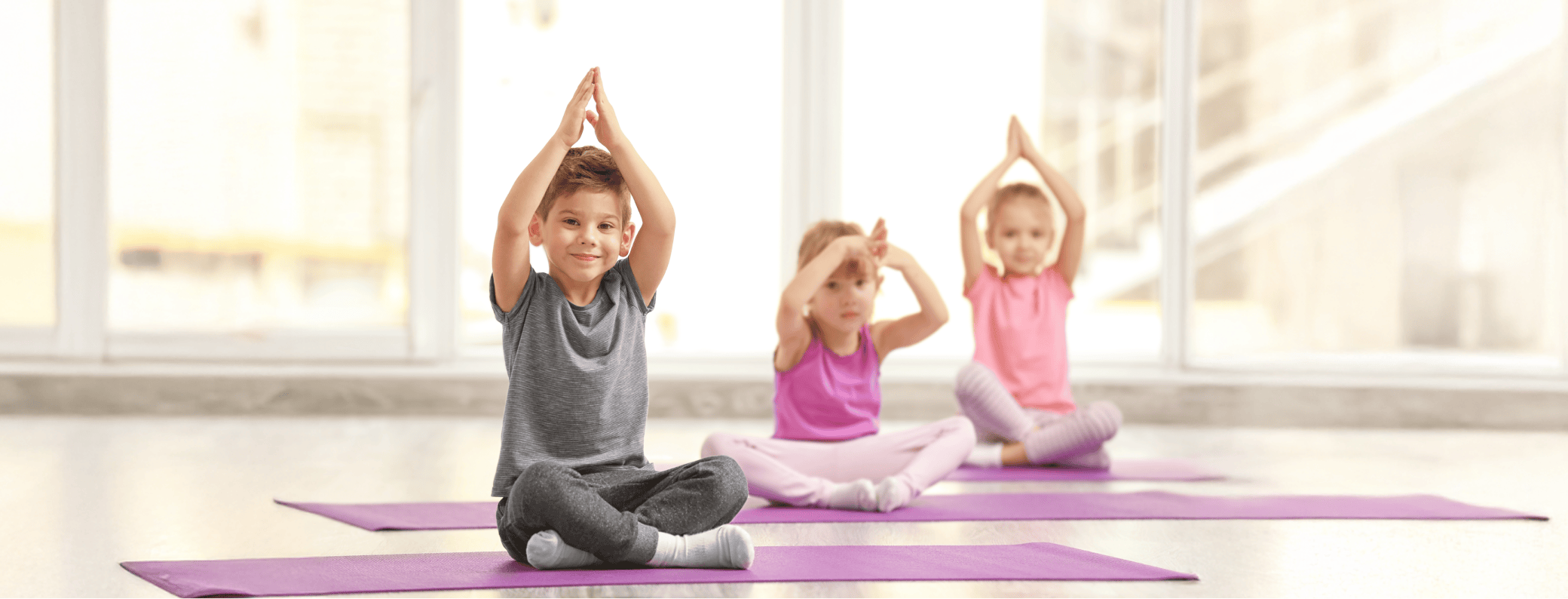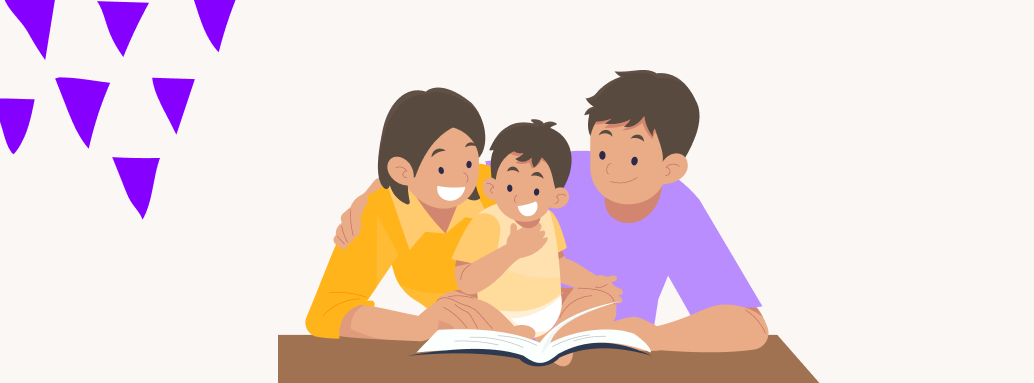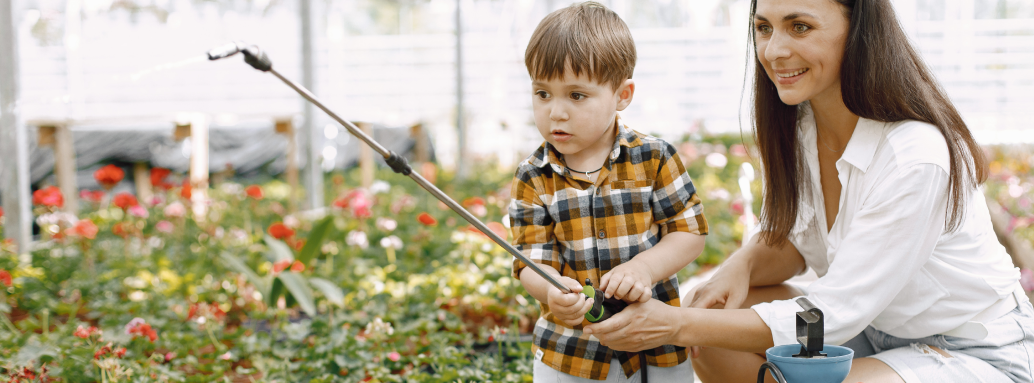Mindful Moments: Transforming Classrooms with Calm and Focus
The Ever-Present Challenge
As educators, we’ve all been there, the classroom is buzzing, energy levels are through the roof, and any hope of focused learning seems to take a backseat. Some days, it feels like we’re less like teachers and more like conductors. In today's fast-paced world, where even children as old as 1-2 are bombarded with stimuli, cultivating calm and focus in the classroom is more crucial than ever. But how do we achieve this? How do we create a space where children can thrive, learn, and truly connect with their education? The answer, in part, lies in mindfulness.
What is Mindfulness in the Classroom?
Mindfulness, at its core, is about paying attention to the present moment without judgment. It's about recognizing our thoughts and feelings without getting carried away by them. Think of it like observing clouds in the sky, you notice them, acknowledge their shape and movement, but you don't try to control them. In the classroom, mindfulness can be a powerful tool for helping children develop self-awareness, emotional regulation, and focus.
Why is Mindfulness Important for Children?
Children, just like adults, experience stress, anxiety, and overwhelm. They may struggle with social interactions, academic pressures, or simply the challenges of navigating the world around them. Mindfulness provides them with a set of skills to manage these challenges. It's like giving them a toolbox filled with strategies for staying grounded and centered, even when things get tough.
The Benefits of Mindful Classrooms
The benefits of incorporating mindfulness into the classroom are so impactful. It's not just about creating a calmer environment (although that's certainly a plus!). Mindfulness can positively impact various aspects of a child's development:
- Improved Focus and Attention: Mindfulness exercises can train the brain to resist distractions and sustain attention, which is essential for learning.
- Enhanced Emotional Regulation: By becoming more aware of their emotions, children learn to manage them more effectively, reducing outbursts and promoting positive social interactions.
- Increased Self-Awareness: Mindfulness helps children understand their own thoughts, feelings, and bodily sensations, leading to greater self-understanding and empathy.
- Reduced Stress and Anxiety: Mindfulness techniques can help children cope with stress and anxiety, promoting a sense of calm and well-being.
- Improved Sleep: Regular mindfulness practice can even lead to better sleep, which is crucial for overall health and cognitive function.
How to Implement Mindfulness in Your Classroom
Integrating mindfulness into your classroom doesn't have to be complicated. It's about incorporating small moments of mindfulness throughout the day, creating a culture of calm and focus. Here are some practical strategies:
1. Start Small, Start Simply
Don't feel like you need to overhaul your entire teaching style overnight. Begin with short, simple exercises that you can easily incorporate into your routine. Even a few minutes of mindful breathing can make a difference. There are so many videos available online to support you to introduce these. Here is one of my favourite resources to use: The Mindfulness Teacher.
2. Mindful Breathing Exercises
Mindful breathing is a core mindfulness practice that helps children develop focus and self-awareness. Encourage them to pay attention to their breath, noticing the sensation of air flowing in and out of their bodies. Using visual aids, such as a glitter jar or a pinwheel, can make this practice more engaging. You can also involve children in creating their own breath-focused crafts, turning mindfulness into an interactive experience. Here is a step-by-step guide on creating a glitter jar.
3. Body Scans
A body scan is a mindfulness practice that helps children tune into their bodies, bringing awareness to different areas and noticing sensations without judgment. This exercise encourages body awareness and promotes relaxation.
This activity can be introduced in steps to make it more engaging. Children can start by tracing each other’s outlines on a large sheet of paper, identifying and naming different body parts as they go. From there, the discussion can expand to where they typically feel happiness, followed by where they might experience sadness. Finally, the exercise can be used to help children bring awareness to where they feel different emotions in the moment, fostering a deeper understanding of their own emotional and physical experiences.
Here is an 11 minute-body scan meditation children can listen to.
4. Mindful Movement
Incorporate gentle stretches or mindful movement activities into your day. This can help children release energy and reconnect with their bodies. Think of it as a moving meditation. Cosmic Kids is a great resource, that you can access here.
5. Mindful Listening
Engage children in mindful listening exercises, such as listening to nature sounds or music. Encourage them to focus on the sounds without getting distracted by their thoughts. This can be done on a nature walk with a scavenger hunt or in the classroom with some purposefully selected music.
6. Mindful Walking
Take short mindful walks around the classroom or playground, paying attention to the sensations of walking and the environment around you. If the environment is safe, this can also be done barefoot, tying in another sense.
7. Mindful Eating
Even snack time can be an opportunity for mindfulness. Encourage children to savor their food, paying attention to the taste, texture, and smell. To extend, children could make lemonade, exploring their sense of smell as well as taste.
8. Creating a Calm Corner
Designate a quiet space in your classroom where children can go when they need a moment to themselves. Fill it with calming objects, like soft cushions, books, and coloring materials. The most important aspect of this, is to make ourselves available to coach or walk children through how to use the corner, and how to regulate.
9. Integrating Mindfulness into Lessons
Connect mindfulness to your curriculum. For example, when learning about nature, take a moment to appreciate the beauty of a flower or the sound of the wind. This is a beautiful opportunity to tie in gratitude as well and model this.
10. Modeling Mindfulness
The most powerful way to teach mindfulness is to practice it yourself. Be present with your students, and let them see you taking moments for yourself to breathe and center. Saying things like “I am feeling a bit frustrated, I am going to sit down and take a sip of water” will go a long way in helping children understand the options they have when they’re feeling similar emotions.
11. Resources and Support
There are many resources available to support you in your mindfulness journey. Explore books, websites, and workshops on mindfulness in education. Here are a few of my favorites:
📖 Thrivers: The Surprising Reasons Why Some Kids Struggle and Others Shine – Michele Borba
📖 Mindfulness for Teachers: Simple Skills for Peace and Productivity in the Classroom – Patricia A. Jennings
📖 The Whole-Brain Child – Daniel J. Siegel & Tina Payne Bryson
🌐 Greater Good Science Center (UC Berkeley) – Mindfulness in Education
https://greatergood.berkeley.edu
A hub of research-based resources on emotional intelligence, mindfulness, and well-being in educational settings.
🌐 Mindful Schools
https://www.mindfulschools.org
Offers online courses and workshops tailored to educators looking to bring mindfulness into their teaching practice
🌐 The Center for Healthy Minds – Mindfulness Research & Tools
https://centerhealthyminds.org
A great resource for research-backed mindfulness strategies to support emotional well-being in children and educators.
12. Consistency is Key
Like any new skill, mindfulness takes practice. Be patient and consistent with your efforts, and you will begin to see positive changes in your classroom.
13. Making it Fun and Engaging
Mindfulness doesn't have to be serious all the time. Make it fun and engaging for children by using games, stories, and creative activities. Here are a few books you can read to the children in the classroom.
"I Am Peace: A Book of Mindfulness" – Susan Verde
"Breathe Like a Bear" – Kira Willey
"Listening with My Heart" – Gabi Garcia
14. Collaboration with Parents
Communicate with parents about your mindfulness initiatives and encourage them to practice mindfulness at home as well.
15. Celebrate Successes
Acknowledge and celebrate the progress that your students make in their mindfulness practice. This will help them stay motivated and engaged.
Keeping the Conversation Going
The journey to mindful classrooms doesn’t stop here! If you’re passionate about creating a stress-free, connected learning environment, we invite you to explore our latest session:
Mastering the Art of Classroom Management: Mindful Tools for a Stress-Free Learning & Teaching Environment
Join me, Dana Alqinneh, Head of Pedagogy at ParentAPP, alongside Paula Galvez, an expert in mindful education, as we dive into practical strategies for transforming classroom management through mindfulness.
Whether you’re catching the live session or tuning in later, this discussion is packed with insights and actionable tools to support you on your journey.
What We Cover:
- Classroom Management That Works – Moving beyond behavior control to foster a calm, connected learning space.
- The Teacher’s Role in Regulation – How mindfulness & emotional intelligence shape classroom dynamics.
- Modeling Self-Regulation – Practical ways to teach & reinforce emotional skills while maintaining structure.
- De-escalation Done Right – Simple, effective techniques to handle challenging behaviors with empathy.
- Managing Educator Stress – How mindfulness helps teachers stay present, energized, & effective.
- Common Mistakes in Classroom Management – What holds educators back & how to replace ineffective habits with more productive strategies.
Watch, Learn, and Continue the Conversation
Mindfulness is more than just a buzzword, it’s a transformative approach that fosters focus, emotional regulation, and well-being for both students and educators.
Missed the session? No worries! The conversation is ongoing.
📌 Access the Webinar Here and discover how mindfulness can reshape your classroom experience.
Let’s build classrooms where children aren’t just physically present but emotionally engaged, ready to learn, and thrive.
By incorporating mindfulness practices into your daily routine, you can empower your students with the skills they need to thrive academically, socially, and emotionally. It's about creating a space where children feel safe, supported, and ready to learn.
Imagine a classroom where children are not just present physically, but also mentally and emotionally. A classroom where learning is not just about memorizing facts, but also about developing self-awareness, emotional regulation, and compassion. This is the power of mindfulness in education. It's about transforming classrooms, one mindful moment at a time. It's about setting carers free to spend quality time with their kids.
Billing, Invoicing Automation & Smart Finances
Communication & Engagement
Child Development & Progress
Waitlist, Forms & Attendance
Effortless Team Management
Daily Updates That Matter
Blogs
Case studies
Testimonials
FAQs
Webinars
Help Center




